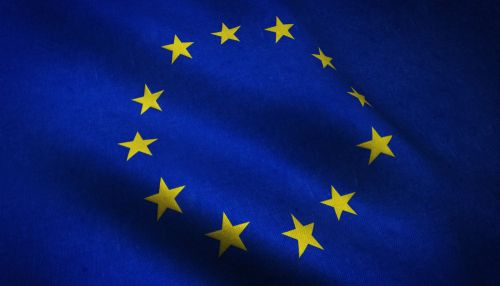Lower Gas Prices and Demand Bring Down European Electricity Costs


Cut through the green tape
We don't push agendas. At Net Zero Compare, we cut through the hype and fear to deliver the straightforward facts you need for making informed decisions on green products and services. Whether motivated by compliance, customer demands, or a real passion for the environment, you’re welcome here. We provide reliable information—why you seek it is not our concern.
Natural gas prices in Europe have been declining steadily due to increased supply and reduced demand, primarily driven by the recovery from last year’s energy crisis. This decrease in gas prices is directly influencing electricity prices, as gas-fired power plants continue to play a major role in Europe’s energy mix. With gas prices easing, the cost of electricity has followed suit, benefitting consumers and industries alike.
As of September 2024, the price of electricity in many European countries has dropped significantly. For example:
Germany's EPEX SPOT market saw prices fluctuate between €60/MWh and €120/MWh during the first half of September.
France’s EPEX SPOT prices hovered between €50/MWh and €110/MWh during the same period.
In Spain and Portugal, represented by the MIBEL market, electricity prices ranged from €70/MWh to €110/MWh.
Meanwhile, the IPEX market in Italy showed higher prices, with values reaching up to €150/MWh, one of the highest across Europe.
Nordic countries, covered by the Nord Pool market, experienced even lower electricity prices, with rates frequently falling below €50/MWh, driven in part by their high share of renewable energy generation.
One of the key factors behind falling gas prices is a more stable and diversified supply chain. Europe has diversified its energy imports, reducing its reliance on Russian gas, which was a significant factor in the previous price hikes. Increased imports of liquefied natural gas (LNG) from the United States and Qatar, along with strong domestic storage levels, have helped stabilize the market.
Another major contributor to the drop in electricity prices is lower demand. Compared to last year, energy consumption has fallen by approximately 5%, driven by milder weather conditions, ongoing energy efficiency measures, and a slower pace of industrial activity. These changes have lessened the pressure on electricity grids and further contributed to the price drop.
Increased renewable energy generation has supported the trend of lower electricity prices. Solar, wind, and hydropower have seen significant growth in recent months, contributing a greater share to the energy mix and reducing the need for gas-fired power generation.
While the current decline in electricity prices offers relief, experts caution that volatility could return. Future gas supply challenges, potential geopolitical tensions, and fluctuating renewable energy output remain potential risks that could drive prices upward again. Nevertheless, the European energy market is expected to continue benefiting from its ongoing transition to renewable energy and reduced reliance on imported fossil fuels.
As Europe continues its energy transition and adapts to new market realities, consumers and industries are likely to see more stabilized energy costs in the short term, though vigilance will be needed to navigate future challenges.
Source: pv-magazine.com

More related content

EU Awards €2.8 Billion for Transport Upgrades to Boost Connectivity...

Kampala’s Vehicles Emit Alarming Pollution Levels, New Study Finds

New €87 Million Scheme Backs Green Hydrogen Projects in Former Germ...
